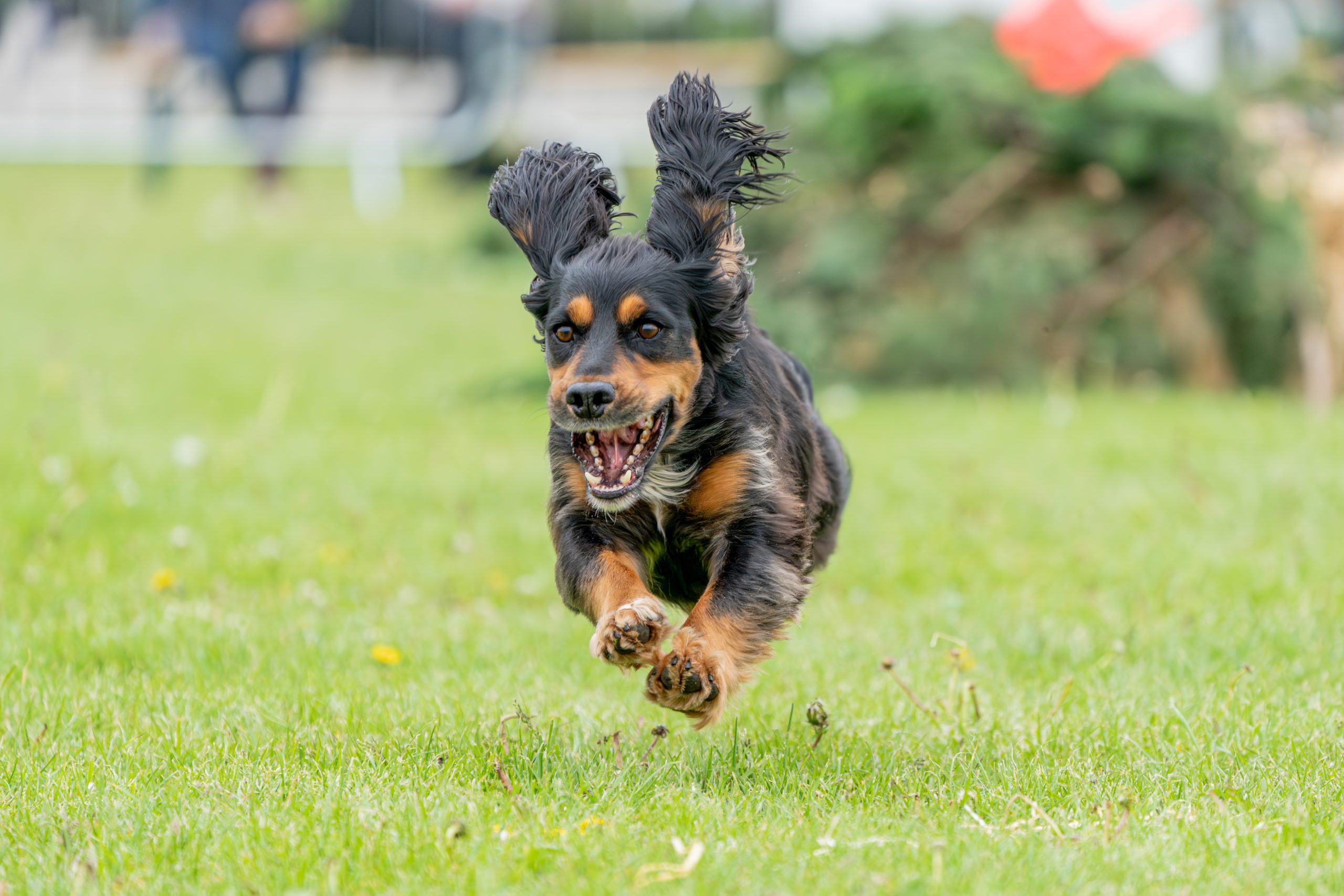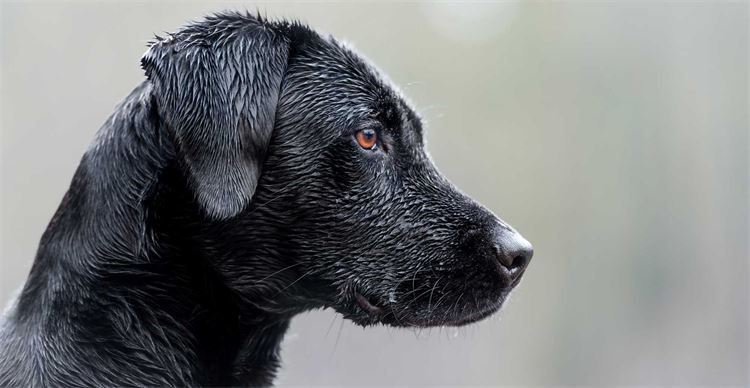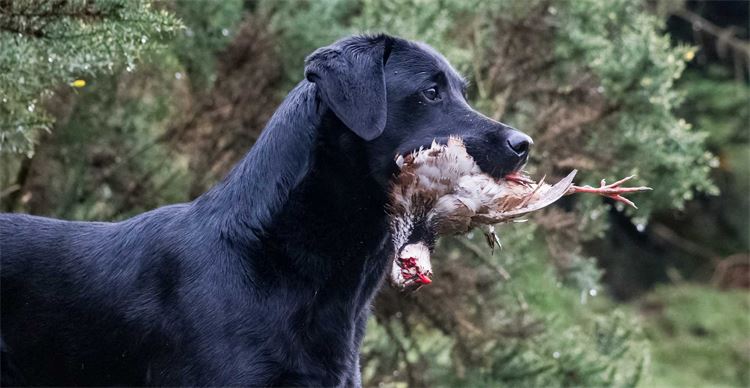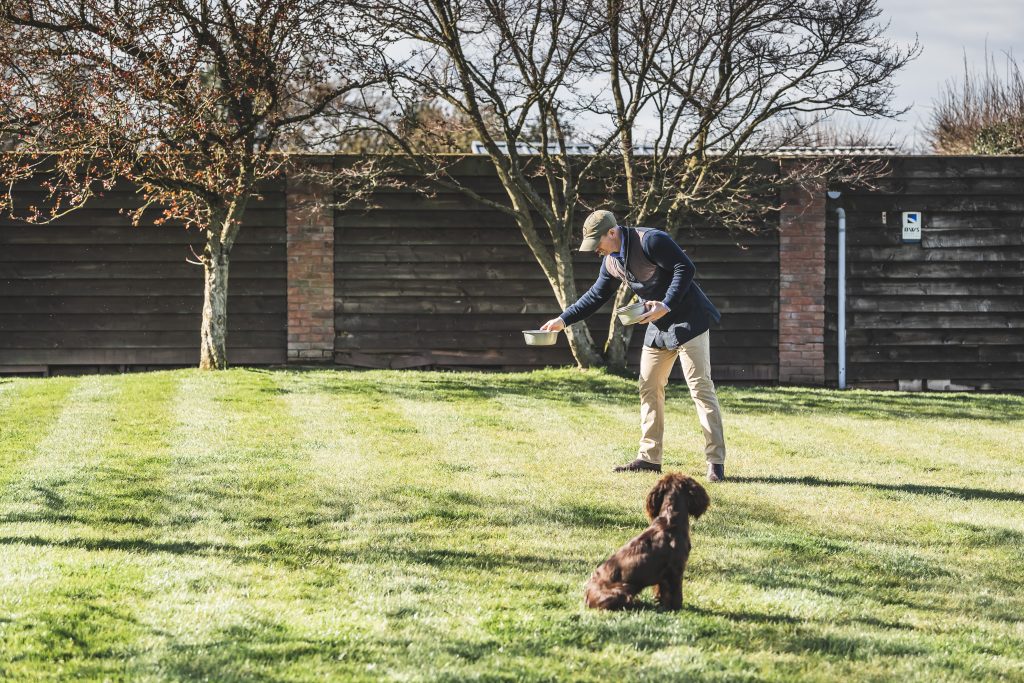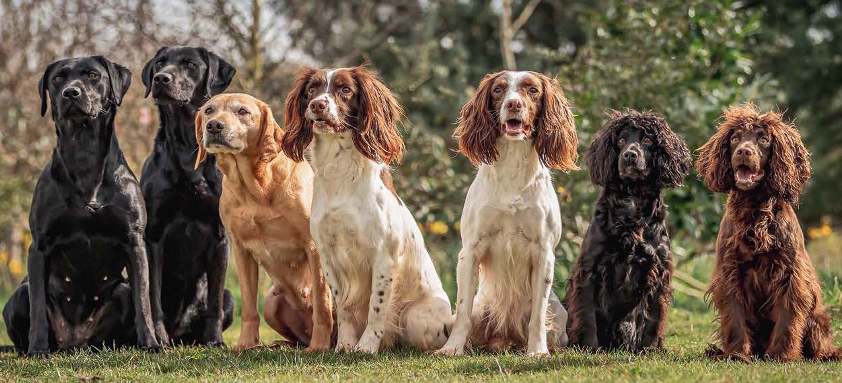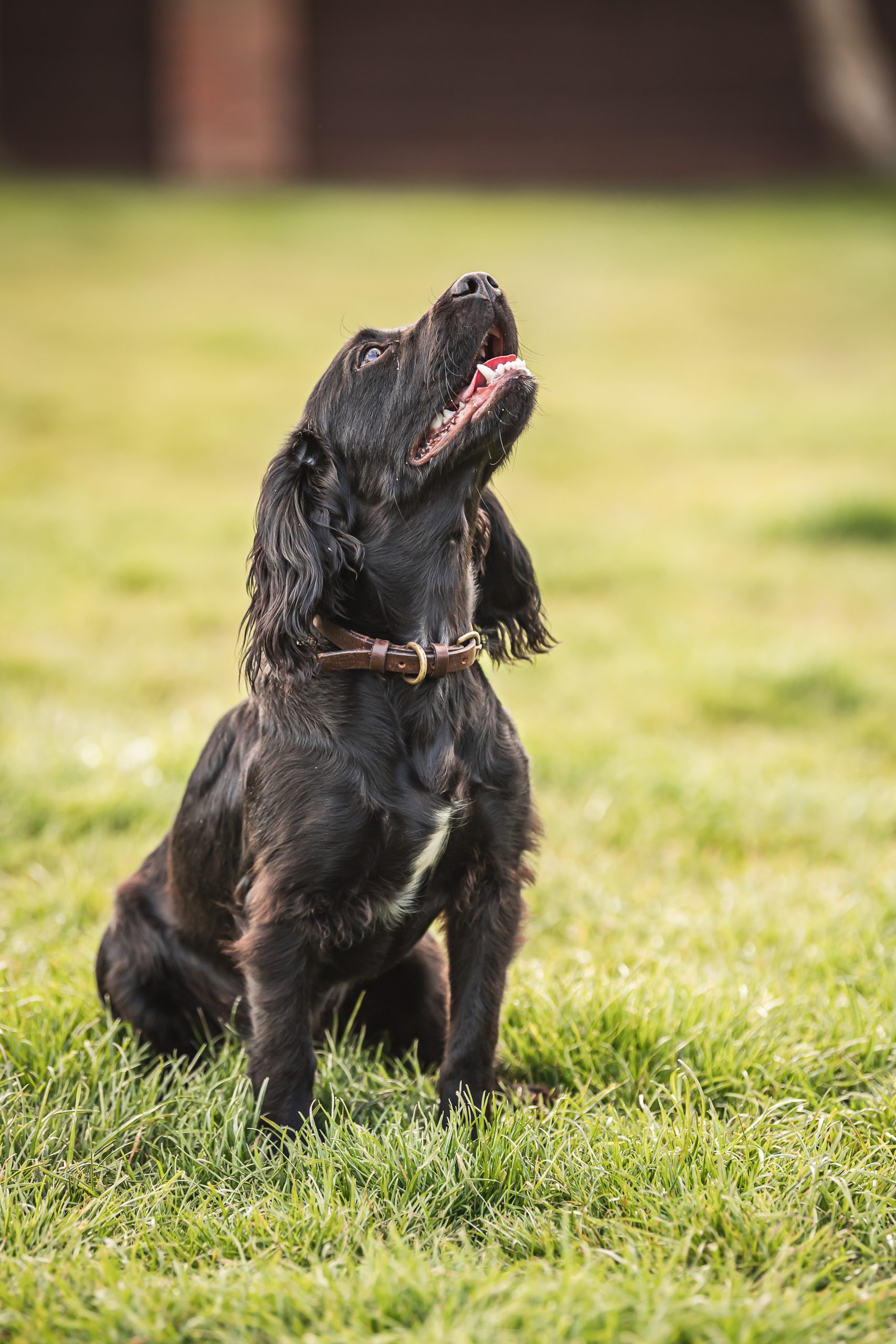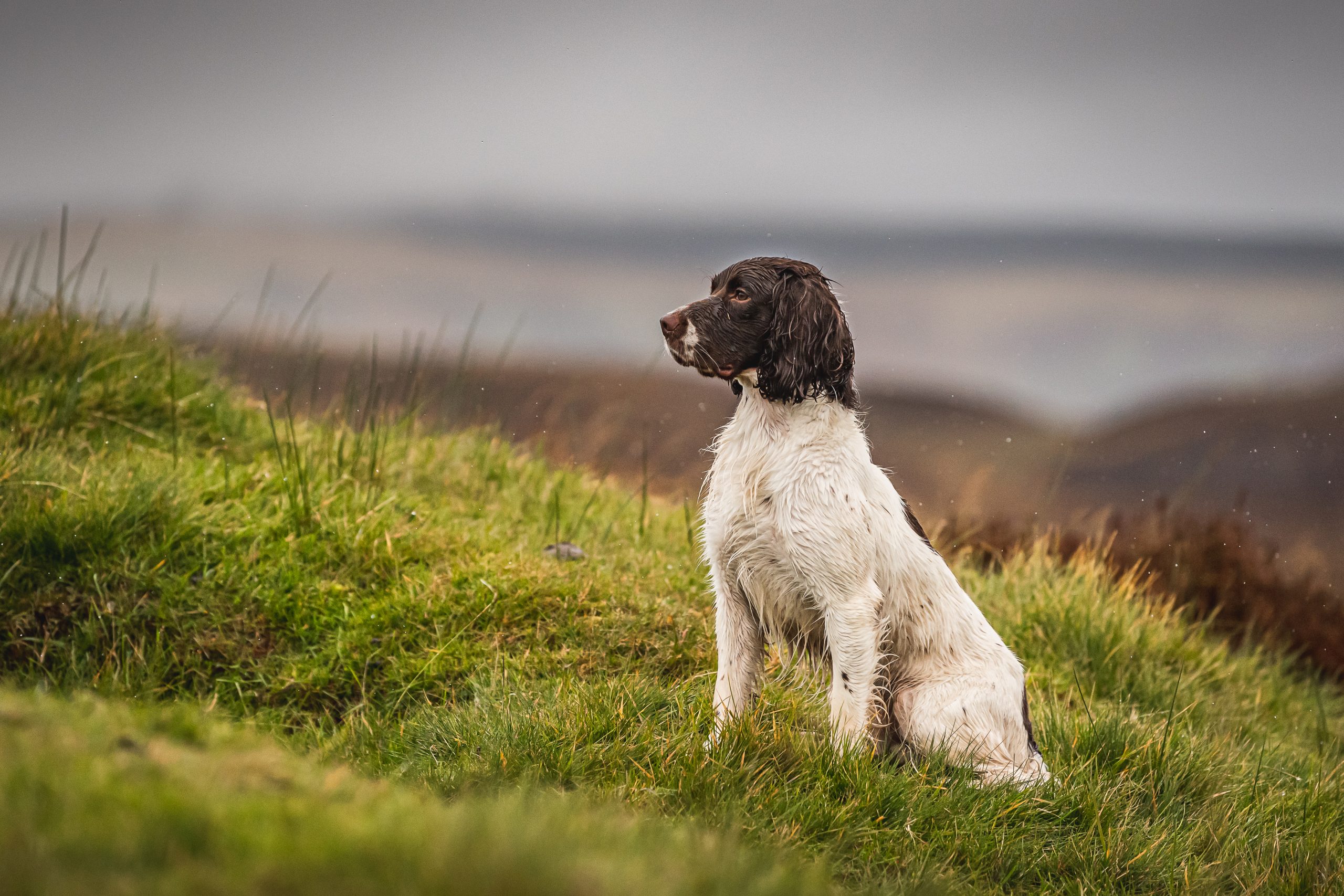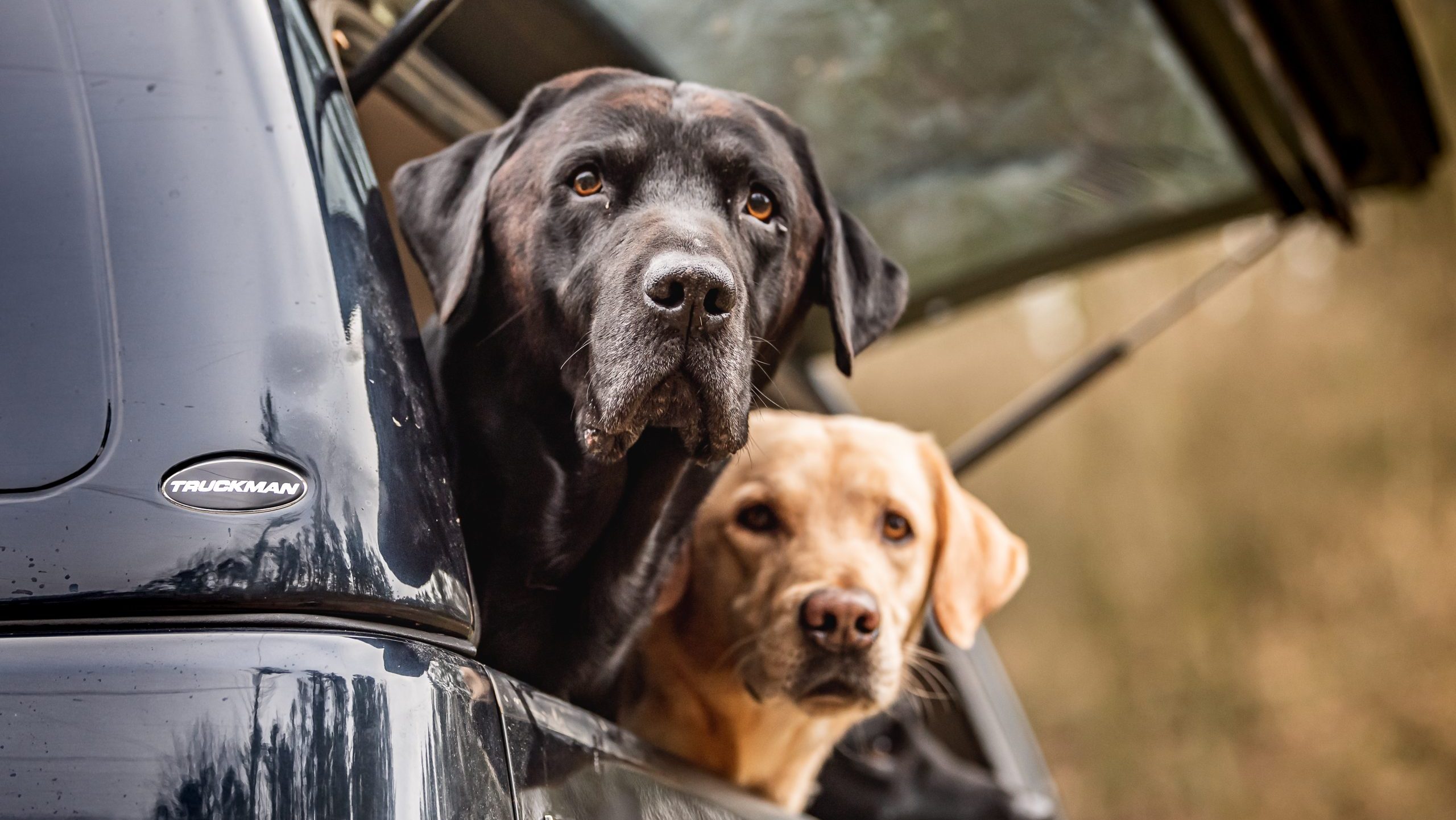Training
Training a young labrador retriever – part 2
Jayne Coley offers some valuable tips for the shooting enthusiast who is training a young dog.
Would you like to appear on our site? We offer sponsored articles and advertising to put you in front of our readers. Find out more.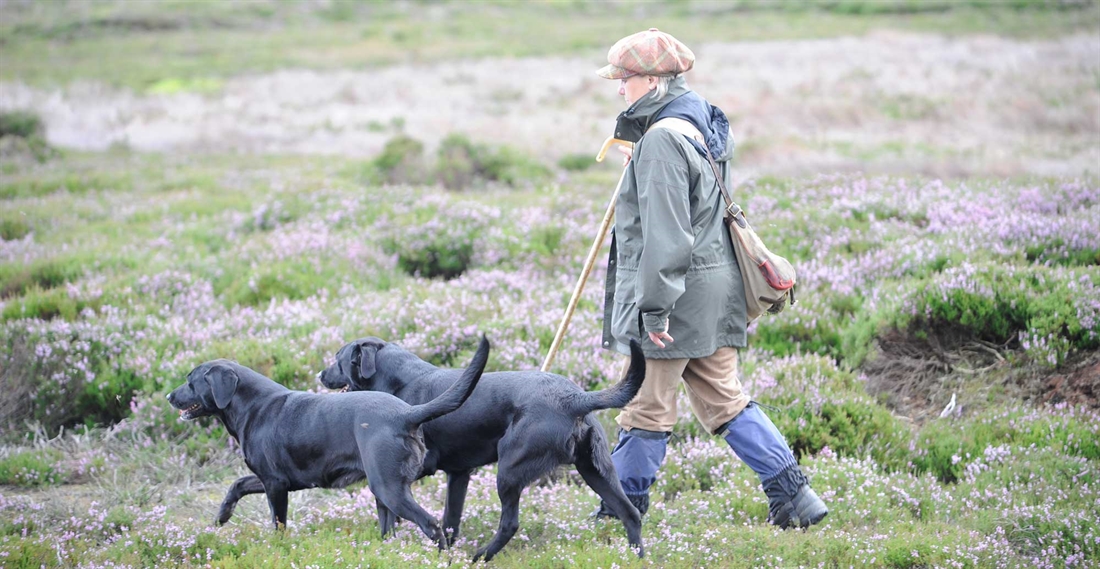
Training your young dog isn’t just about taking him in a field and throwing dummies. It’s also about education – teaching him the manners and patience that make for a nice shooting companion. I try to be aware of this at all times.
There are various scenarios in which you can work on embedding such manners in your dog, and below are a number of examples based on my own experience.
Patience and manners
My young lab has to sit and wait when I open his kennel run gate and while I slip a lead over his head. I then call him to me and, with my other dogs at heel, we go for a walk.
When I’m picking-up and the horn is blown to signal the end of the drive, I don’t let all of my dogs race off together. I send them off one at a time, by name, with the keenest dog being sent last. And so I replicate this when I’m out walking them, too.
We are the last house at the end of a no-through road, so once we are out of our gate, I slip the lead off and ensure that my lab remains walking to heel, before I send the dogs off one at a time by their name as we continue down a field. My young dog is usually sent last, and so he has to wait, hence all the time teaching him to be patient. I have built up this exercise slowly over time, keeping him on a lead to start with and sending him from a sitting position, then with the length of the lead just looped around his neck to make sure he is steady as each dog is sent off.
In the morning, after feeding, I sweep the kennels and change the dogs’ water. This is another opportunity to perform a simple exercise that teaches patience, by sitting him up in the yard when I get to his kennel. Again, I have built up the length of time that he sits and waits slowly as his concentration level is still very limited.
(Photo credit: Gerrard Slade)
Obstacles in the field
When we are on a walk, my dog is happy to hang around with my other labs who usually range up to 60 yards from me. If they go any further, I call them back. I walk in open land, with no livestock, so I can see what they are doing, and the youngster can rummage in hedgerows and other cover, and negotiate and get into ditches, all of his own accord. From following my other dogs he has learned to wriggle under wire, cleverly twist through rails and confidently pop over wire sheep netting. All of these obstacles can crop up when we are out in the shooting field, so it is very useful if we can encounter them and become familiar with them in our own time, beforehand.
Please remember this is what I do with my fairly laid back puppy. A mischievous puppy would probably have to spend a lot of time on a lead whilst out for a walk. It is imperative that you assess your dog from a young age and train him accordingly to get the best out of him.
Advanced toilet training
Having a dog that is happy to go to the toilet whilst on a lead is so useful. This might not sound very impressive, but it is surprising how many dogs are not comfortable doing this.
For example, you might be shooting quite a distance from home, which involves a night away. You arrive at your accommodation in the dark, only to find it is on the side of a busy road with nowhere to take your dog to be clean.
The best way to teach your dog this is to keep him on a lead first thing in the morning when he is likely to be desperate to go to the toilet. As he is performing, keep saying a command – I use ‘hurry up’ – over and over again, and praise him when he has finished.
Further training
I have been training my dog in our field, initially going over everything he learned at home (as explained HERE).
Training sessions are held for 15–20 minutes every other day, rather than every day, because I feel I get more from him – he is more responsive. Using an Acme 211.5 whistle, I have replaced the word ‘sit’ with a single, longish blast. To call him to me (recall), I also use the whistle – four quick repetitive pips, repeated as necessary.
(Photo credit: Andrea Moffat)
Marking thrown dummies
Again, this is all about progressing steadily. Don’t rush things.
The grass in our field is quite rough, so I started off by throwing a dummy which landed in a corner and into the wind to maximise the chance of success. I now send the dog for a single thrown dummy by just saying his name, so he doesn’t take his eye off the fall.
Whereas I originally used a small dummy all the time, now that his pick-up, carrying and delivery are perfect, I am introducing all sorts of different types of dummies and balls for him to retrieve. A ball on a rope is good because I can throw it out a long way and he has to get his head down to wind it.
Blind retrieves
I have built on this so I can send my dog for memory retrieves down the side of a hedge or fence, on tracks which help to keep him on course. Once mastered with a single dummy, I then introduced more dummies, so that now I can have three out, dropping one at a time, 20 yards apart as we walk to heel. Once again, I think about the wind.
I make sure it is behind us when I send him for the closest dummy first, because I don’t want him winding the other dummies and swapping the intended retrieve for them. With us both facing the direction of the dummy, I point my hand out, make sure he is looking in the direction I want to send him and, without rushing, send him for a memory dummy on the command ‘go back’.
Directional training
When working on directional training, I sit the dog on a track, with a fence behind, and stand several paces in front of him. The fence acts as a barrier and ensures that Trade goes sideways rather than back, upon my command.
With my right hand raised high above my head, I blow the stop whistle (one long blast) then throw a dummy to land on the track some 15 yards to the right (his left). In my own time, I then move my right arm down and out and, in a positive voice, say ‘get on’. Should he hesitate, with my right arm still held out, I quietly take a step or two towards him, repeating the command in a lighter but still positive voice. After repeating this exercise successfully, I throw the dummy to the left and do the same routine again. I then progress to having two dummies out, one either side of the dog, and send him for one, before sitting him back up out in front of me, throwing that dummy back out in the same place, and then instructing him to pick the other dummy on the opposite side.
Important things to remember:
• Everything has to be done in YOUR time
• Build up the length of retrieves and exercises slowly
• Dogs are not robots. They can have off days
• Don’t forget heel work and steadiness
• Never compare your present puppy to your last one, because they are all different
Related articles
Training
Patience is a virtue
It’s a skill that is often overlooked in training, but which is vital for all gundogs. Ben Randall explains how to capitalise on some everyday opportunities to practice it, now that spring is here.
By Time Well Spent
Training
The theory of puppy training
When you collect your puppy – and at every stage thereafter – you’ll need a safe and secure form of transportation. Here are four high-quality options to suit all requirements.
By Time Well Spent
Get the latest news delivered direct to your door
Subscribe to Gundog Journal
Unlock the full potential of your working dog with a subscription to Gundog Journal, the UK’s only dedicated magazine for gundog enthusiasts. Published bi-monthly, this authoritative resource delivers expert training advice, in-depth interviews with top trainers and veterinary guidance to help you nurture a stronger bond with your dog.
Whether you’re a professional handler, breeder, or simply passionate about gundogs, each issue offers a wealth of knowledge on breeds like labradors, spaniels and vizslas. Subscribers gain access to topical articles, real-life stories and exclusive offers from trusted brands.
With stunning photography and thought-provoking content, Gundog Journal is your essential guide to understanding, training and celebrating these remarkable working breeds.


Manage Consent
To provide the best experiences, we use technologies like cookies to store and/or access device information. Consenting to these technologies will allow us to process data such as browsing behavior or unique IDs on this site. Not consenting or withdrawing consent, may adversely affect certain features and functions.
Functional Always active
The technical storage or access is strictly necessary for the legitimate purpose of enabling the use of a specific service explicitly requested by the subscriber or user, or for the sole purpose of carrying out the transmission of a communication over an electronic communications network.
Preferences
The technical storage or access is necessary for the legitimate purpose of storing preferences that are not requested by the subscriber or user.
Statistics
The technical storage or access that is used exclusively for statistical purposes.
The technical storage or access that is used exclusively for anonymous statistical purposes. Without a subpoena, voluntary compliance on the part of your Internet Service Provider, or additional records from a third party, information stored or retrieved for this purpose alone cannot usually be used to identify you.
Marketing
The technical storage or access is required to create user profiles to send advertising, or to track the user on a website or across several websites for similar marketing purposes.


